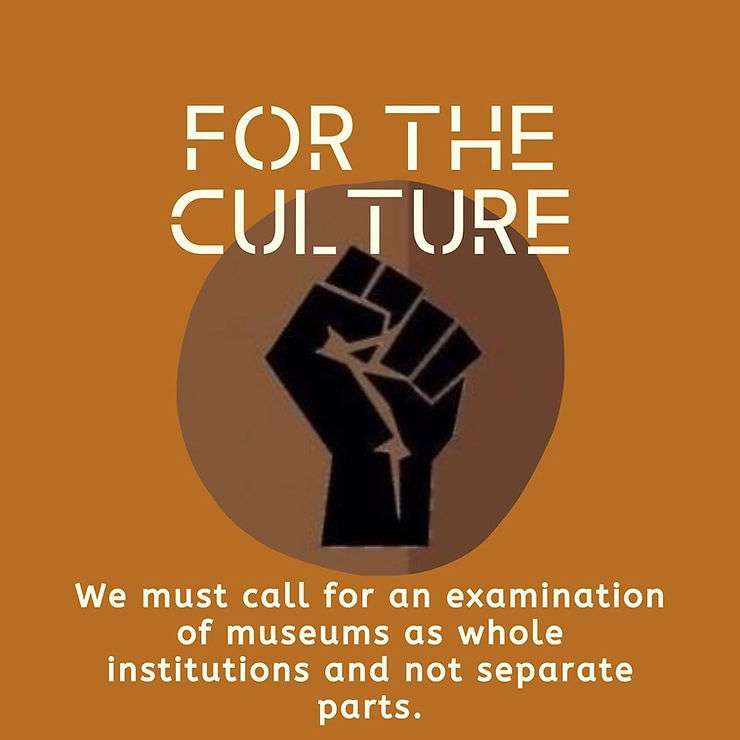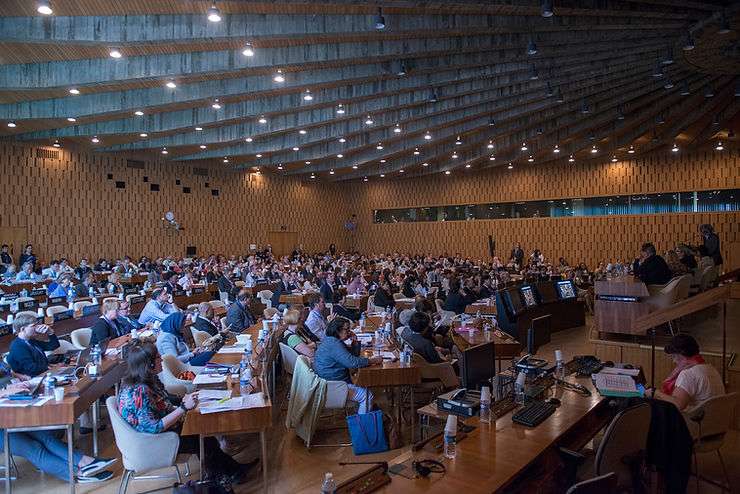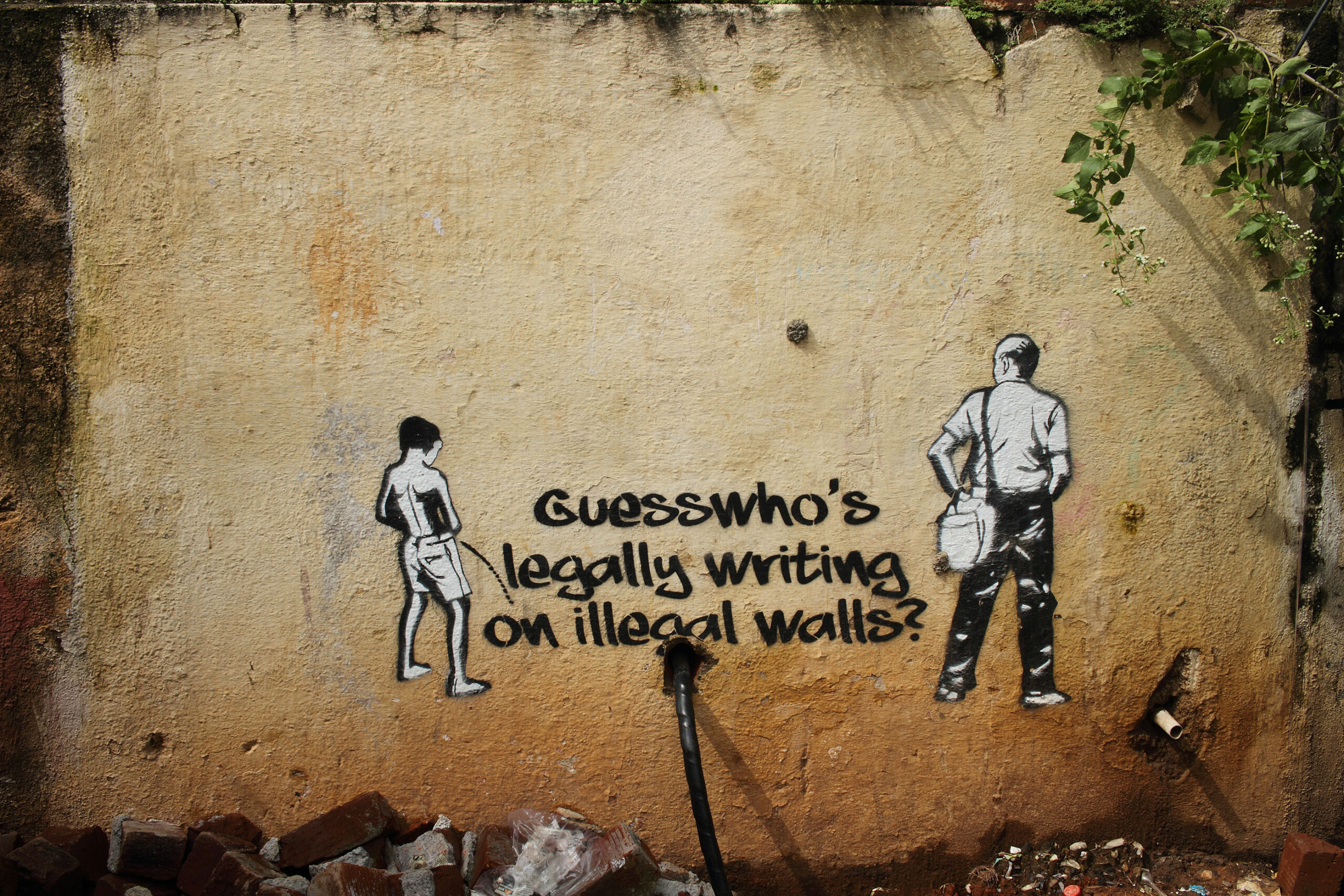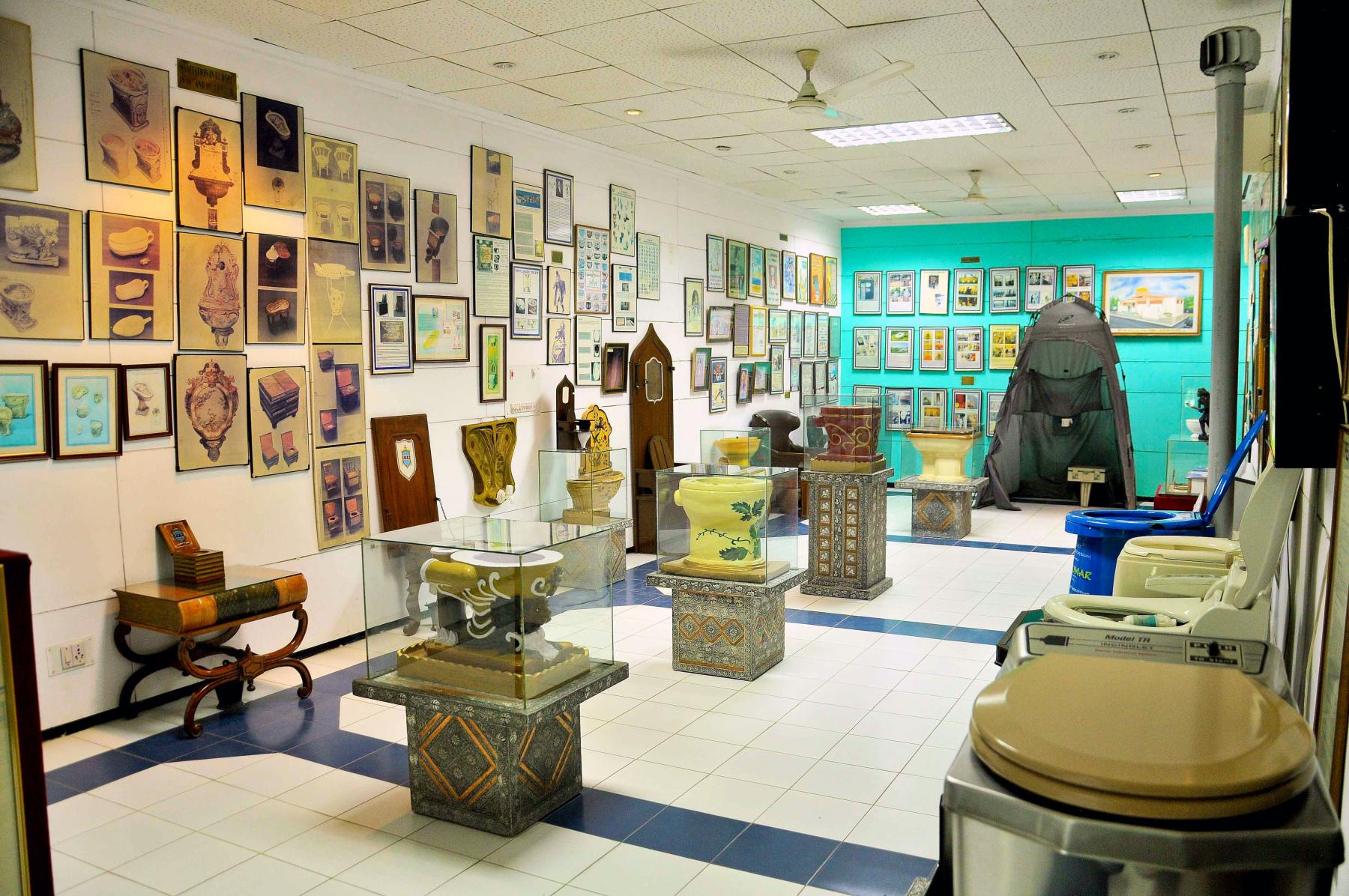June 16, 2020 marked the intricate destruction of a castle that houses memory, knowledge or simple, idyllic contemplation at the cost of a suppressed debate in the art world. It is a debate of all tenses: the past, the present and the future, which has spread itself on our screens.
It is the debate on how the castle survives on unrealistic promises within a seemingly involuntary eurocentric atmosphere.
It is the debate on museums, and it is pressurizing the orchestrated, fabricated history presented to us in these spaces.
While the world was silently speculating what a museum meant to different communities in different contexts, an anonymous source decided to join the subaltern histories and crowds in addressing the elephant in the room – an embodiment of everything going wrong in museums.
What could possibly be wrong with museums?
From the diversity in presentation and mediums to the understanding of what constitutes art between the artist and the spectator, museums have adapted to societal changes that came naturally to them.
What they may have brought along from the box of their histories was a mindset whitewashed with unspoken authority. An ongoing debate over inclusion and perspective in premiere art spaces has posed a challenge before them: that of continued discrimination and a toxic environment that questions one’s belongingness.
And thus rose an alternative space called “Change the Museum”, which took the arts by a storm of moral investigation.

Post on August 22, 2020. Courtesy: Change the Museum
Corresponding with the Black Lives Matter movement, this initiative has amplified voices with a curtailed freedom that not only ensures fixed positions in the game, but also penalises a threat – or just a thought. Running on an Instagram page, “Change the Museum” records several instances of discrimination and toxicity as a conscious choice that has been followed by museum in the United States. Cultural workers disclose their grievances through a form that blankets their identity – not out of fear as much as out of tracing a pattern that is beyond the tolerance of a society that preaches equality and harmony.
Irrespective of microaggressions or blatant accusations, who would have thought that a simple online form held power against age-old institutional shackles?
In a conversation with Hyperallergic, the founder of the platform said, “Many museums, including my employer, botched their public ‘reactions’ to the protests, turning to the timeworn, disingenuous strategies of tokenism, ‘let’s stay quiet,’ and/or stating the (minimal) things done in the past 5-10 years to create welcoming cultural spaces.”
One of the recent posts says, “I attended a meet and greet opportunity for young scholars to spend time with a curator of a major encyclopedic museum in the United States. During lunch one of the attendees, who is a junior curator at a major academic museum, asked how this senior curator handles calls to “decolonize the museum”. The junior curator said that she has a hard time envisioning giving up space currently occupied by “her” collection (European Renaissance) so that they can install “a hunk of clay pulled from the dirt in Peru.” The senior curator did not push back on her, but instead spoke about the necessity to ensure that non-European objects meet standards of quality.”

Inspired by a similar online forum called “For the Culture”, “Change the Museum” has been taking its name quite seriously through words and actions. They only seek accountability for incidents that have dented the presence of minorities in the sacred space that a museum, big or small, represents. With clear demands of change beyond an equal pay and comfortable admission, it is the torchbearer of independent voices in collective communities through a public platform that did not take long to flourish.
What could possibly be wrong with the museums in India?
Despite being a model of exemplary democractic practices, India is nowhere far from realising its own portrayal behind popular names and thriving cultural institutions.
While it is a country of the people, for the people and by the people, there are internal systems that have failed to erase the dark presence of a monarchy in the spaces of artistic and cultural preservation.
Not only are the museums of India internalising the narrative of an ideal art world, but also measuring the patterns of hierarchy among museums and those who include it. From cases of discrimination and harassment to a vicious wage gap that has been away from the radar for quite some time, Indian museums do require attention, if not transformation.
Discourses regarding the darker ends of the cultural spectrum, quite like the skin colour, language and representation are used to assess an individual. The roots of the matter lie buried in the lack of discussion and open acknowledgement, leading to a web of problems that remain unsolved for those struggling to etch their name in the Indian art scene.
The loopholes in the art world in the country often remain undisputed around the establishment. However, instances from the #MeToo movement and other revelations across social media have sparked the voice of the artistically and culturally oppressed. They have formed an avenue for the greater discourse that lies in the art institutions – or any institutions that have failed to deviate their mindset to fit a warmer embrace to anyone with a creative potential.
There do exist active figures who are regularly calling out the indecency in morals among the artist, the spectator and every position that lies in between the bridge. A fixation on the model of a King and Queen surpassing any voice that echoes against their regulations has been in the room for a longer span of time.
Call it a creative challenge or the praises of outwitting the Indian art world’s dispatch to the rest of the population – the victory lies way ahead. With the victory lies the oath to correct and conserve the pure, dedicated passion of the arts is yet to be taken by the others.
A “Change the Museum” in India, although with great force, will only spin the wheel once – it is upon members of a diverse and inclusive institution to keep rotating until it is even.
There comes a new order!
A censorship of activities in museums across the world has been generated with various adaptations of “Change the Museum” – whether it be specific to a museum or a community that is on the receiving end of unjust conditions.
From the beginning of a necessary trend through white supremacy revealed by the BIPOC Theatre Artists and niche platforms like “A Better Guggenheim” and “xSFM0MA Workers” to an open call for reimagining and responding to years of struggle through The “#FutureMuseum Project” and “Death to Museums”, the possibility of change in museums has already started its course. A revolution in the smallest form has begun to take place.

As the new definition of Museums given by the International Council of Museums suggests,
“Museums are democratizing, inclusive and polyphonic spaces for critical dialogue about the pasts and the future. Acknowledging and addressing the conflicts and challenges of the present, they hold artifacts and specimens in trust for society, safeguard diverse memories for future generations and guarantee equal rights and equal access to heritage for all people.
Museums are not for profit. They are participatory and transparent, and work in active partnership with and for diverse communities to collect, preserve, research, interpret, exhibit, and enhance understandings of the world, aiming to contribute to human dignity and social justice, global equality and planetary wellbeing.”
With several debates on ideology, specificity and consensus with the existing authorities, it is upon the museum and its visitors to help it reach the true definition of what a “museum” is in the 21st century.
While you’re at it, here is how activism has found its place in the art world.




